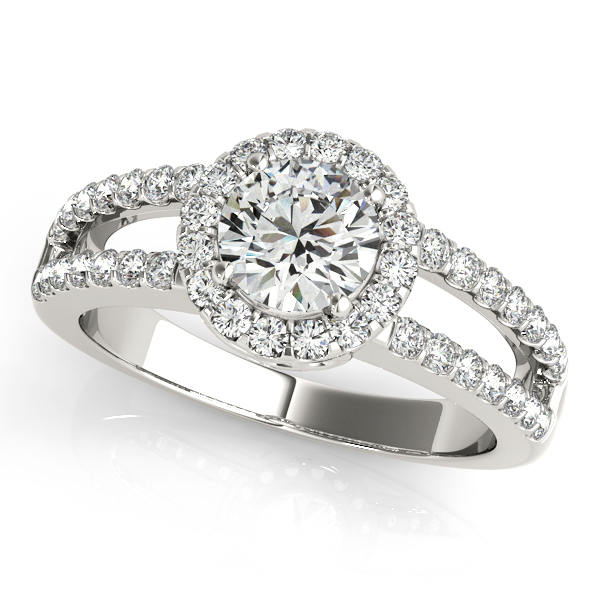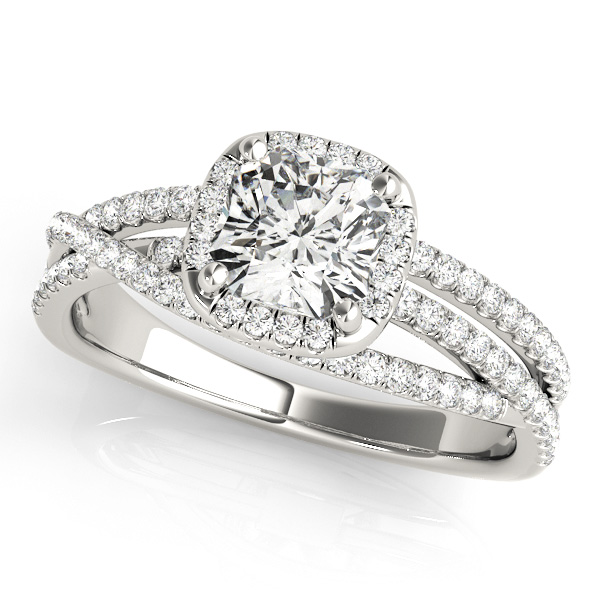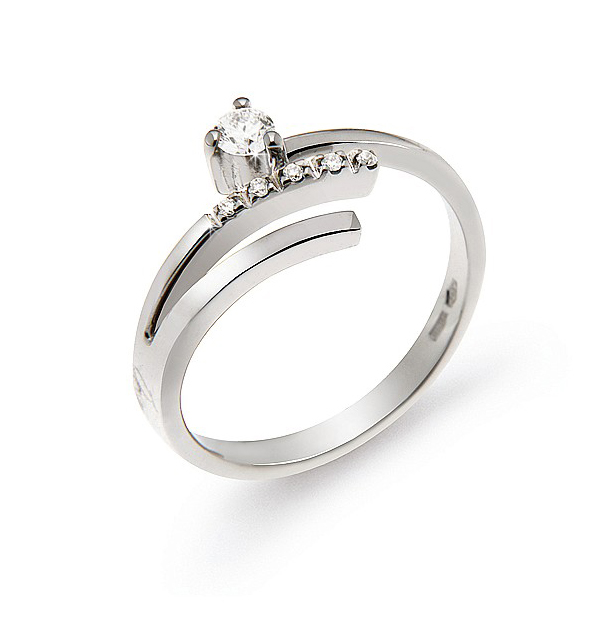- Free Shipping Over $75
- Easy 30-day returns
- Craftsmanship
- Signature Diamonds
- 360 Degrees
- Settings
The Virtue of the Split Shank Engagement Ring
The Virtue of the Split Shank Engagement Ring
How Popular Are Split Shank Engagement Rings?Split shank engagement rings have skyrocketed in popularity in the 21st century. While some argue that the trend was set in motion by a handful of American celebrities, the fact is that Italians have been wearing split shank engagement rings since the 1980s and 1990s. By splitting the shank and creating more than one resulting band, engagement ring designers create multiple canvases, on which they can bestow their creative brilliance. Even more, the split shank has the capacity to create a new dimension, which then gives the designer the option to create full symmetry, partial symmetry or no symmetry at all. Why Was The Split Shank Engagement Ring Created?One of the underlying factors which pushed designers to create the split shank engagement ring was a need for more breathing room to experiment with new designs. The split shank was arguably the precursor to the infinity shank, which has become another source of luxury engagement rings, now widely available at almost any fine jewelry store of your choice. Once the split shank diamond setting was accepted as a mainstream design, engagement ring designers quickly leveraged it to reflect some of the most popular styles in the world. This included the solitaire, halo, three stone, side stone, pave, milgrain, filigree and many other design characteristics. In other words, almost all of the diamond engagement ring styles that were previously available with a standard shank, became available with the split shank. Which Diamond Cuts Are Most Prevalent with the Split Shank Setting?The four most popular diamond cuts for the center stone in a split shank engagement ring setting are the round brilliant, princess cut, cushion cut and emerald cut diamond. However, it is important to note that there are thousands of split shank design variations also offered for the oval cut, pear cut and marquise diamond shapes, among others. Because the split shank typically creates a wider engagement ring, the halo is an especially popular option for the split shank engagement ring. Most split shank side stone engagement rings have prong set diamonds. The four prong is the most popular, but the six prong diamond setting also occasionally comes into play. The bezel is less popular with the split shank, but the bezel is also less popular than prongs in a general context, due to its higher cost and the fact that it covers the diamond, thereby hindering its ability to pass and return light. The Classic Split Shank Engagement Ring Classic split shank engagement rings typically exhibit perfect symmetry around both axes. In this case, the split shank did not create a new dimension, but it did give rise to an additional row of round cut side stones on both sides, thereby adding to the sparkle of the final diamond engagement ring. The round cut halo fits comfortable in the center of the two bands of the split shank, making this diamond setting a sound design. A Unique Perspective of the Split Shank Engagement Ring Not all split shanks are created equal, and this diamond setting offers a different approach altogether. This particular engagement ring features a split shank, where one of the bands asymmetrically crosses both axes, above the main shank, commonly referred to as a cross band. The cross band successfully gives this diamond engagement ring a contemporary personality. The cushion cut halo in the center is further enhanced by the 52 round cut side stones, arranged in a semi-eternity fashion along the three resulting bands of the split shank. There Are No Limits to Split Shank Engagement Rings From asymmetrical concepts to cross bands and bands that do not cross altogether, the design possibilities are endless. Whether you are a fan of split shank engagement rings and are trying to identify which perspective fits you best, or simply need to browse designs to eliminate the split shank as an option, you will be blessed with the countless variations out there to see. The split shank is just one more of thousands of variables in the magical maze of diamond engagement rings, but its revolutionary mark in the industry will always be remembered and respected. |












